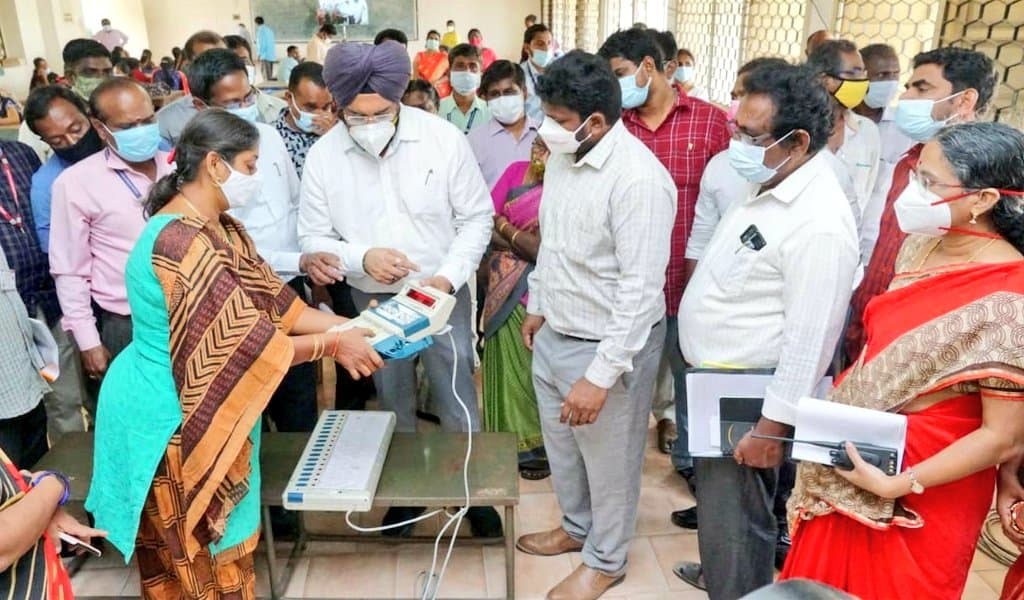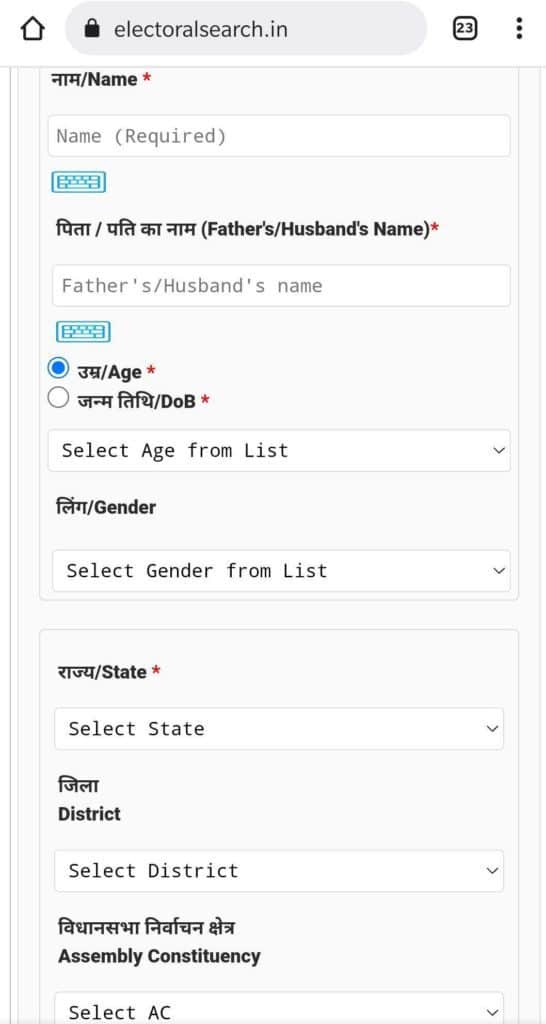Chennai is all set to have local body polls for the first time since 2011. The city will elect 200 councillors who will then choose from amongst them a Mayoral candidate for indirect election. In what is a first for the city, the post of Mayor has been reserved for a woman candidate from the Scheduled Castes. The city also sees a 50% reservation of wards for women candidates, meaning half the elected councillors will be women.
With the election all set to take place on the 19th, here is all you need to know to cast your vote in an all important poll that will shape the future of the city.

Who is eligible to vote in the February 19th local body elections?
The electoral roll of a rural/urban local body election is the same as the current electoral roll of the Tamil Nadu Legislative Assembly. This means that a person whose name finds a place within rural/urban local body area in the electoral roll of the concerned Legislative Assembly Constituency is automatically qualified to vote in the local body elections slated for February 19th.
How can I check if my name is included in the voter rolls?
To check if your name is on the Legislative Assembly electoral roll, visit the National Voters’ Service Portal. Using the Elector’s Photo Identity Card (EPIC) number on the voter ID card, one can search for their name on the rolls.
Voters can also check for their name using the National Voter’s Service Portal using personal information such as first name, last name, age, date of birth, father’s/spouse’s name, state, district and assembly constituency.
Can I vote if I do not have my Voter ID card with me?
Voters without a voter ID card may carry any one of the below-mentioned documents or ID to the polling booth to vote, after ascertaining that their name is present on the rolls:
- Passport
- Driving Licence
- Service Identity Cards with photograph issued to employees by Central/State Govt PSUs/Public Limited Companies
- Passbooks with photograph issued by Bank/Post Office
- PAN Card
- Smart Card issued by RGI under NPR
- MNREGA Job Card
- Health Insurance Smart Card issued under the scheme of Ministry of Labour
- Pension document with photograph
- Authenticated Photo Voter Slip issued by the election machinery
- Official identity cards issued to MPs/MLAs/MLCs
- Aadhaar Card
Read more: Chennai civic polls: Ward 71 wants improved mobility, safety and ward committees
How can I find out which ward I belong to?
Visit http://election.chennaicorporation.gov.in/gcculb22/
Click the ‘Know your Zone and Division’ button on the right side of the webpage. After this, input your location to find your zone and ward.
Alternatively, you can click the ‘Know your Polling Station’ button on the webpage, http://election.chennaicorporation.gov.in/gcculb22/
Upon submitting your EPIC number you will receive information on your ward, polling station number and category.
How can I locate my polling station (booth)?
To locate your polling booth, visit http://election.chennaicorporation.gov.in/gcculb22/
Click the ‘Know your Polling Station’ button on the right side of the webpage. You will be redirected to a page where you will have to input your EPIC number. Your polling station, ward number, and other information will be available here.
How is voting conducted? What are EVMs and VVPATs?
Voting is conducted electronically through Electronic Voting Machines or EVMs in India. An EVM is an electronic machine that was introduced to replace paper ballots and manual counting.
Voter verifiable paper audit trail (VVPAT) is a method of providing feedback to voters using a ballotless voting system. A VVPAT is a slip of paper that contains the name of the candidate (for whom vote has been cast) along with the symbol of the party/candidate. It is intended to allow voters to verify that their vote was cast correctly, and to detect possible election fraud or malfunction.
The Greater Chennai Corporation has also put out a two-part video explaining the rules and process of voting. These videos can be found here.
Will VVPATs be available in all booths?
No, VVPAT slips will not be available in all booths.
Read more: Independent candidates to make a statement in the local body polls in Chennai
Where can I check the affidavits of all the candidates of my ward?
Visit https://tnsec.tn.nic.in/tnsec_upload/index_english.html
Click on Urban Local Bodies, 2022 – Nominations Filed – Abstract Information about Candidate in the banner.
Here, you can choose your district (for example, ‘Chennai district’).
After submitting your ward number, you will be directed to choose the candidate’s name.
You can then download candidate affidavits, and access asset details, contact information, and the address of the councillor.
I don’t want to vote for any of the candidates. Can I exercise the NOTA option?
Voters do not have the option to exercise the NOTA vote in civic poll elections in Tamil Nadu.
Are there postal ballots available for elderly to vote during the local body polls?
No, postal ballots are not available this local body polls, though the facility was made available for the state legislative assembly elections last year
How can I lodge complaints against poll code violations or other issues around the local body elections?
Complaints can be lodged to the Tamil Nadu State Election Commission by contacting the following toll-free numbers 18004257072, 18004257073 and 18004257074.
